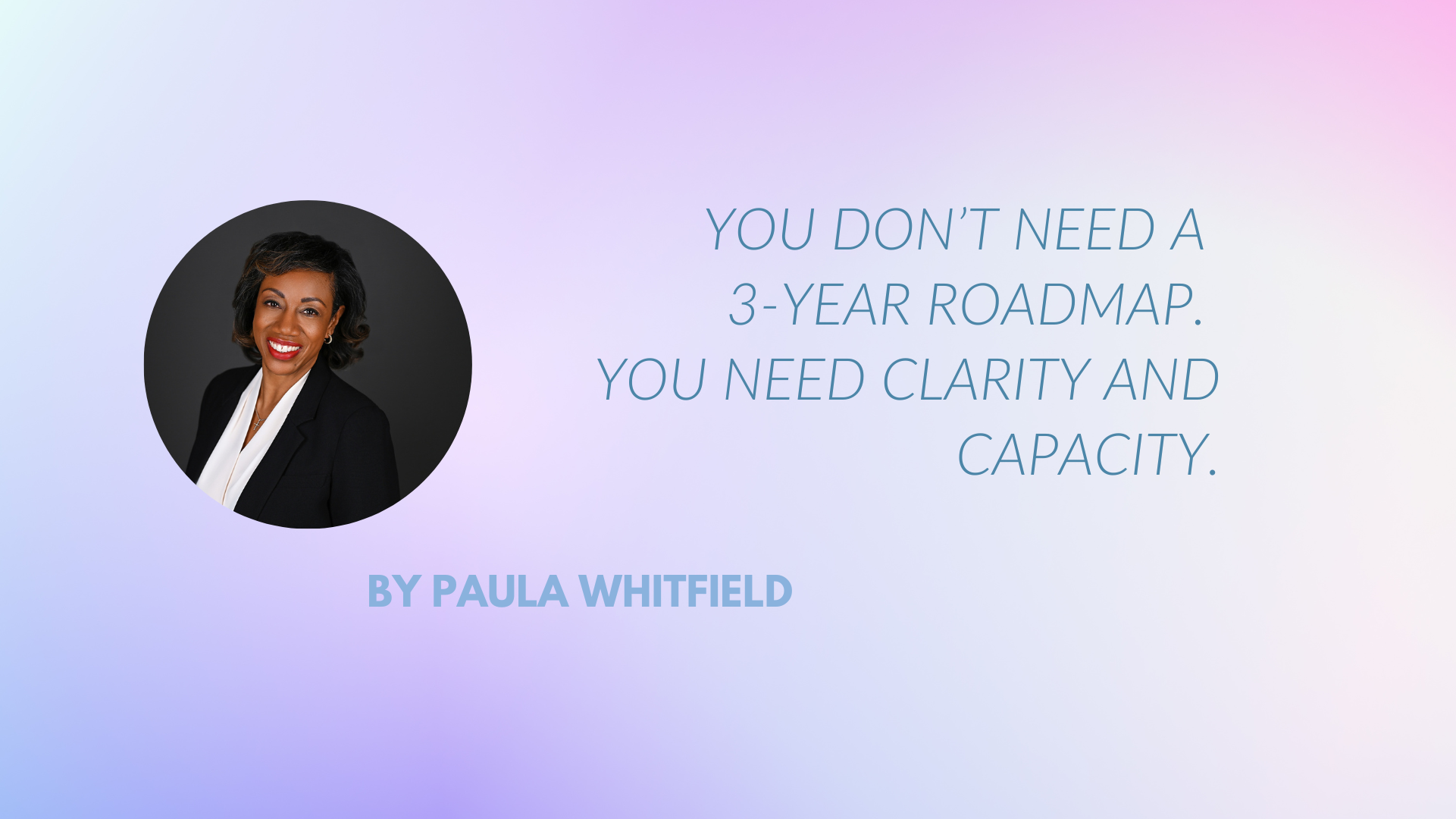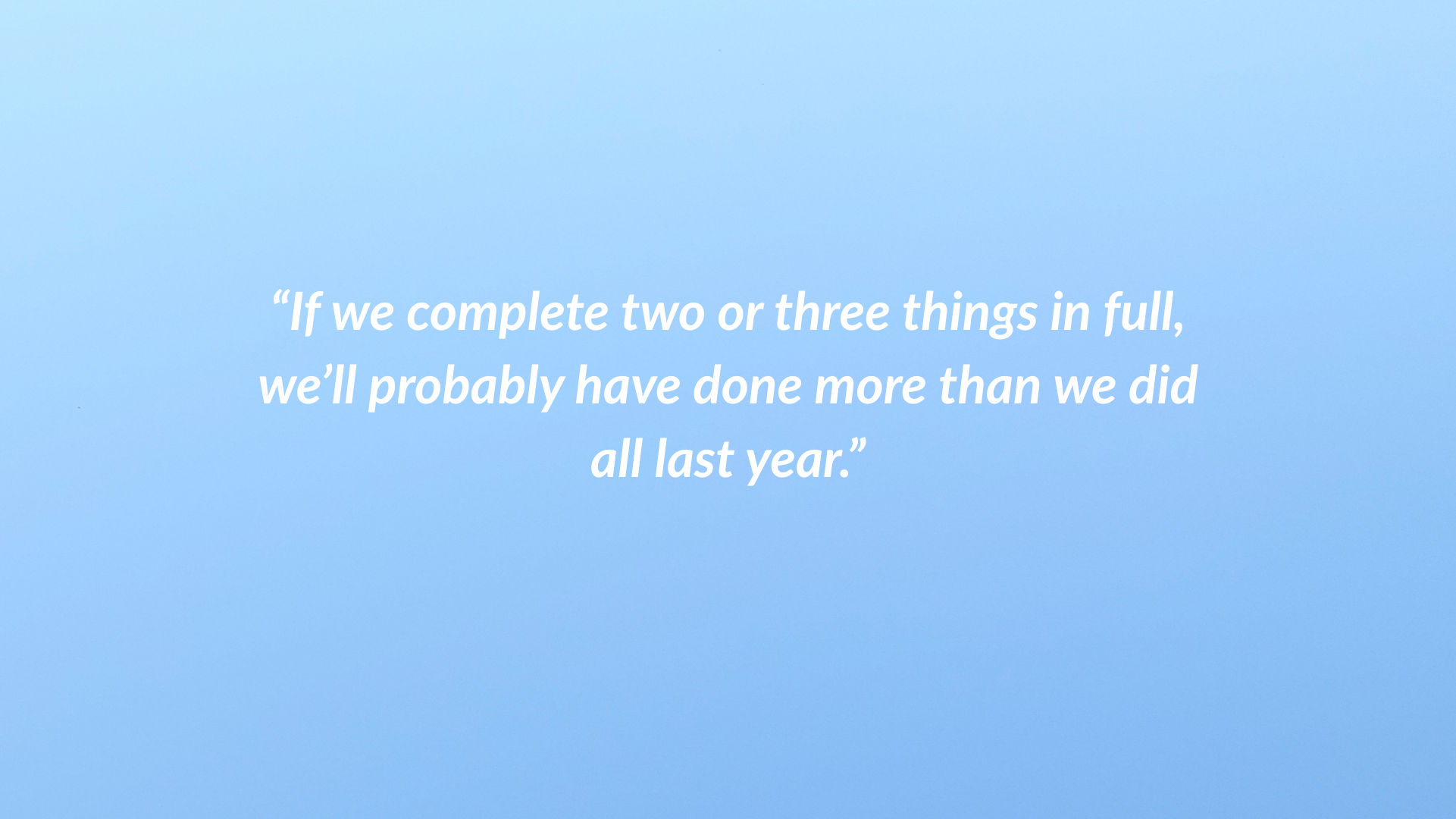When I speak to leaders who are thinking about bringing enterprise system changes such as Salesforce into their organization, there’s usually a moment, just before they say “Yes we need this!!”, where they stop and think about the people involved, wondering how they will find the time and resources to carry out a project.
When ImagineCRM works with organizations, we often ask this early: If we fixed just one major pain point in the next six months, what would make the biggest difference?
Real impact comes from choosing two or three priorities and doing them well. Let your team go deep instead of wide. Create space for proper testing, adoption, and improvement. The rest will come later, and faster, because you started with focus.
That means stopping some of the work, processes that no longer serves you as you work through this, and on day one, you retire outdated reports. Pause meetings that are no longer productive, and look at new ways with our help to do things, could that meeting be a Slack Channel?
Previous
Previous
Smarter Grantmaking Starts Here: Key Enhancements in Salesforce Summer ’25 Release.
Next
Next




